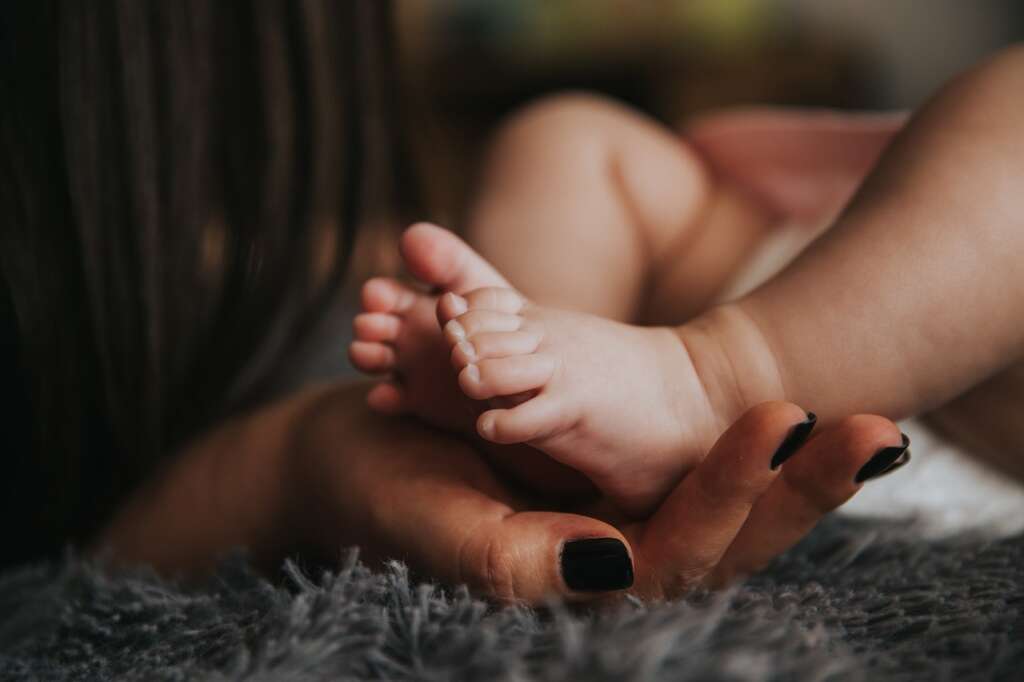SOILER ALERT!
~ Children of anxious parents show elevated anxiety
~ Children acquire fearful and avoidant behaviors through vicarious learning
~ Anxious parents instill anxiety in their child through their implicit and explicit messages.
~ Catastrophizing parents undermine their child’s coping ability, thereby increasing their risk for an anxiety disorder
~ Overprotective and overly critical parenting styles are associated with increased risk of anxiety in the child
~ Exposure to intrauterine cortisol during pregnancy and high psychological distress in the mother predicted difficulties with self-regulation in the infant.
~ Characteristics of anxiety are heritable, not the specific anxiety disorder
Cross-generational transmission of anxiety refers to various pathways by which anxiety is transmitted from parents to children. These include behavioral, neurobiological, neuroendocrinological, and genetic systems, all playing a role in the development and maintenance of anxiety across the lifespan of a child including the time prior to birth.
For example, separation anxiety and specific phobias are shown to have an earlier average onset (i.e., beginning of a disorder) compared to social phobia, generalized anxiety disorder and panic disorder, which typically occur later.
In fact, there is consistent evidence that children of anxious parents are more likely to exhibit elevated anxiety and to develop an anxiety disorder compared to children of non-anxious parents.
Anxiety in Children Can Be Learnt from the Parents
Vicarious learning is one pathway identified in the acquisition of fears. It occurs when a person learns to fear a particular stimulus by observing how others react to it. For example, a study reports that mothers with social phobia tend to be more anxious when their infants interact with strangers, which in turn affects the infants’ level of social responsiveness.
Furthermore parenting style is also a contributing factor in the increased risk of anxiety disorders in children. Particularly, an overprotective parenting style has been identified as mediating the transmission of anxiety from parent to child.
Indeed, parents can convey a heightened sense of risk and threat through their implicit or explicit messages, thereby instilling fear in that child. For example, studies show that children who hear a negative description of an animal by an adult display more fear and avoidance towards that animal.
Similarly, an overly critical parenting style is also associated with increased risk of childhood anxiety disorders. Supporting this statement is the finding that anxious children rated their parents as less accepting than non-anxious children, suggesting that lack of warmth from the parents contributes to increased anxiety in the child.
Parents’ Response to Child’s Anxiety Exacerbates Anxiety Symptoms
Another interesting finding related to the link between parent-child relationship and childhood anxiety involves the influence that the parent’s response to the child’s anxiety exerts on the course of the child’s anxiety disorder. Indeed, it has been found that the quality of their response can either amplify or diminish the child’s anxiety and their perception of control.
For example, parental responses that increase the child’s fear of experiencing anxiety symptoms could potentially trigger the onset of an anxiety disorder in that child. Similarly, parents who unknowingly prevent their anxious child from coping with the disorder or indirectly encourage anxious avoidance contribute to the maintenance of the disorder.
Those responses are often the result of the parents’ attempt to accommodate their child by helping them avoid or alleviate distress. Examples of such behaviors include a mother sleeping with a child who has separation anxiety, or speaking in place of a child who has social phobia.
Moreover, parents who catastrophize about their child’s anxiety contribute to increasing the child’s anxious symptoms. Parents’ catastrophic cognitions (i.e., thoughts) such as “my child is falling apart” or “my child won’t live a normal life” have been associated with decreased coping in the child.
More worrisome is the fact that highly anxious parents tend to catastrophize their children’s anxiety symptoms, which in turn leads the child to experience more severe anxiety.
Genetic and Biological Mechanisms Involved in the Transmission of Anxiety
Maternal anxiety during pregnancy is another contributing mechanism by which anxiety is transmitted to the child. Particularly telling are the reports that 3-5 day-old infants whose mothers displayed high psychological distress exhibit regulation problems.
In addition, the presence of high cortisol levels in the mother during pregnancy was an indicator of increased difficulties adapting to new or aversive stimuli in infants. These findings suggest that infants exposed to intrauterine cortisol present difficulties with self- regulation.
Finally, the genetic heritability of anxiety was determined by a meta-analysis (i.e., analysis of other analyses) showing that there is about 30 to 40% heritability across the anxiety disorders, suggesting a familial source for the risk of developing anxiety. It is noteworthy to add, that the heritability of anxiety seems to concern more the pathological aspect of anxiety rather than the anxiety disorder itself. This means that what is likely to be passed on from parent to child is not an anxiety disorder but the features of anxiety such as anxious thoughts and autonomic arousal (i.e., fast heart beat, shallow breathing, etc…).
Reference:
Lebowitz ER, Leckman JF, Silverman WK, Feldman R. Cross-generational influences on childhood anxiety disorders: pathways and mechanisms. J Neural Transm (Vienna). 2016 Sep;123(9):1053-67. doi: 10.1007/s00702-016-1565-y. Epub 2016 May 4. PMID: 27145763; PMCID: PMC5007197

